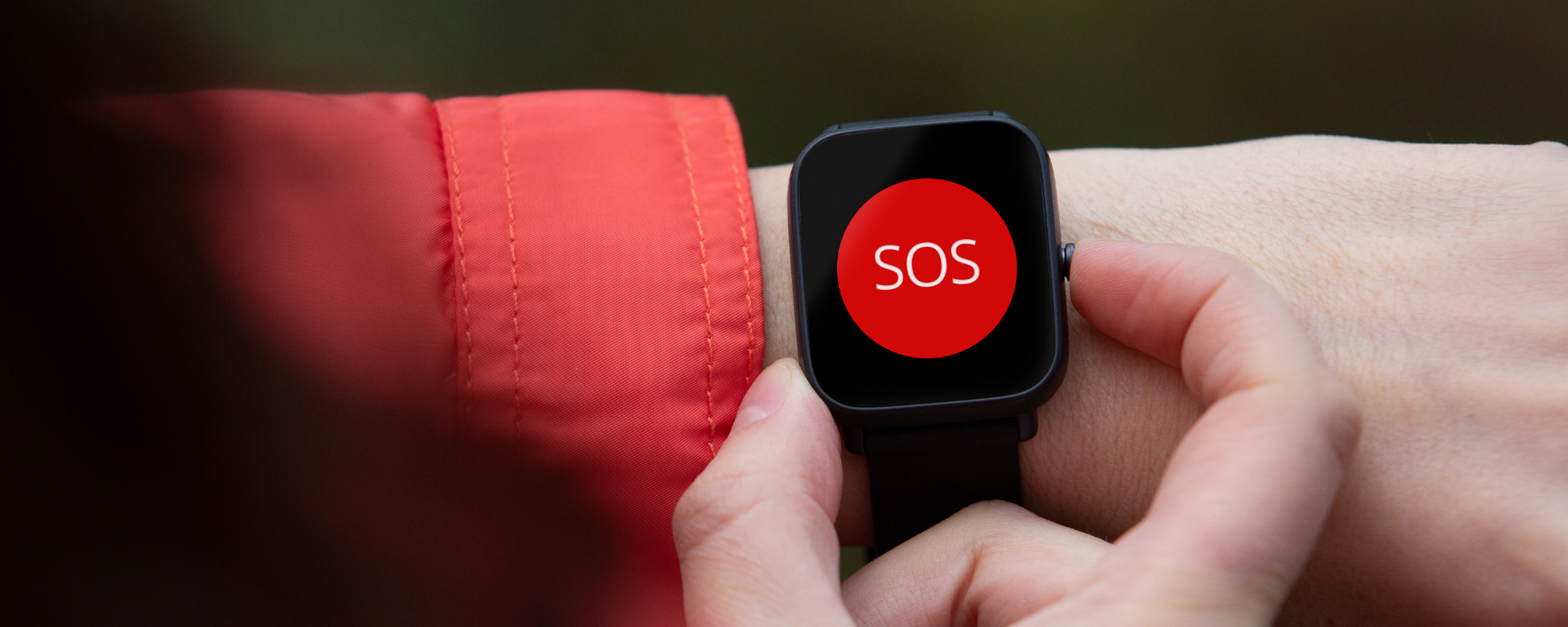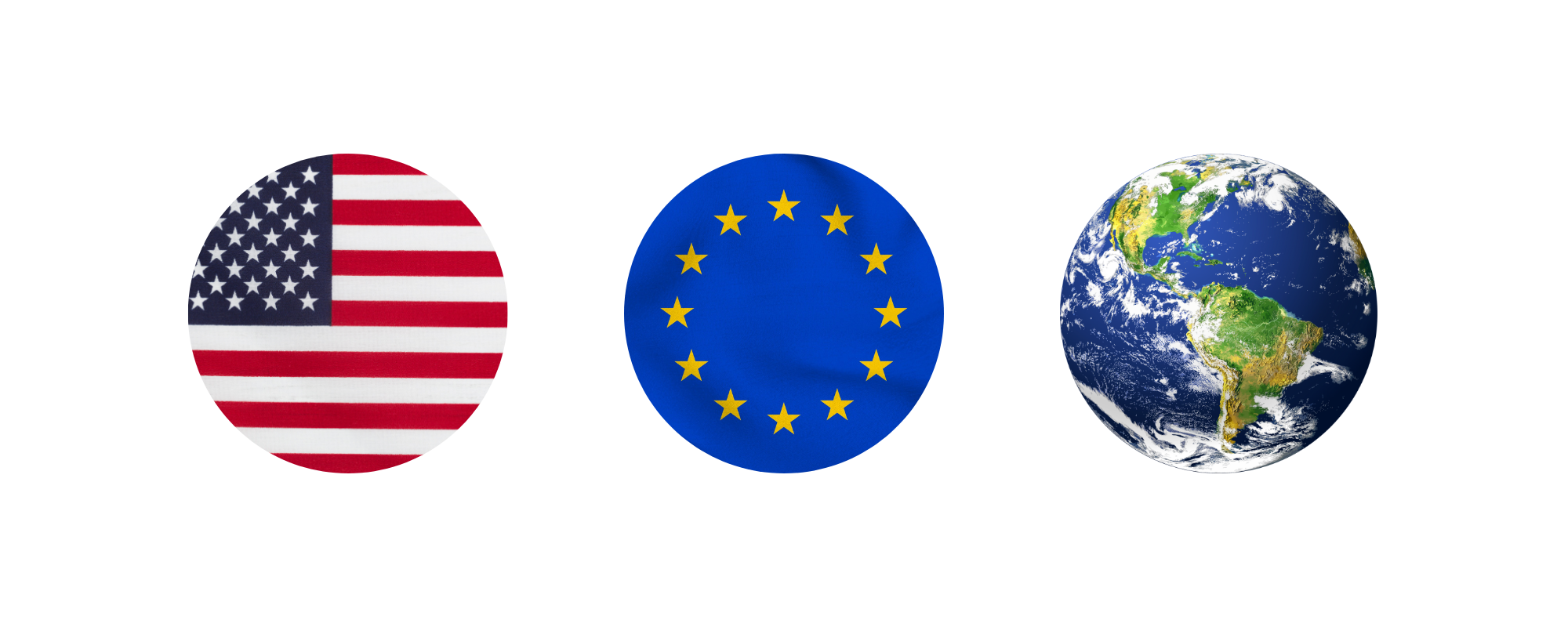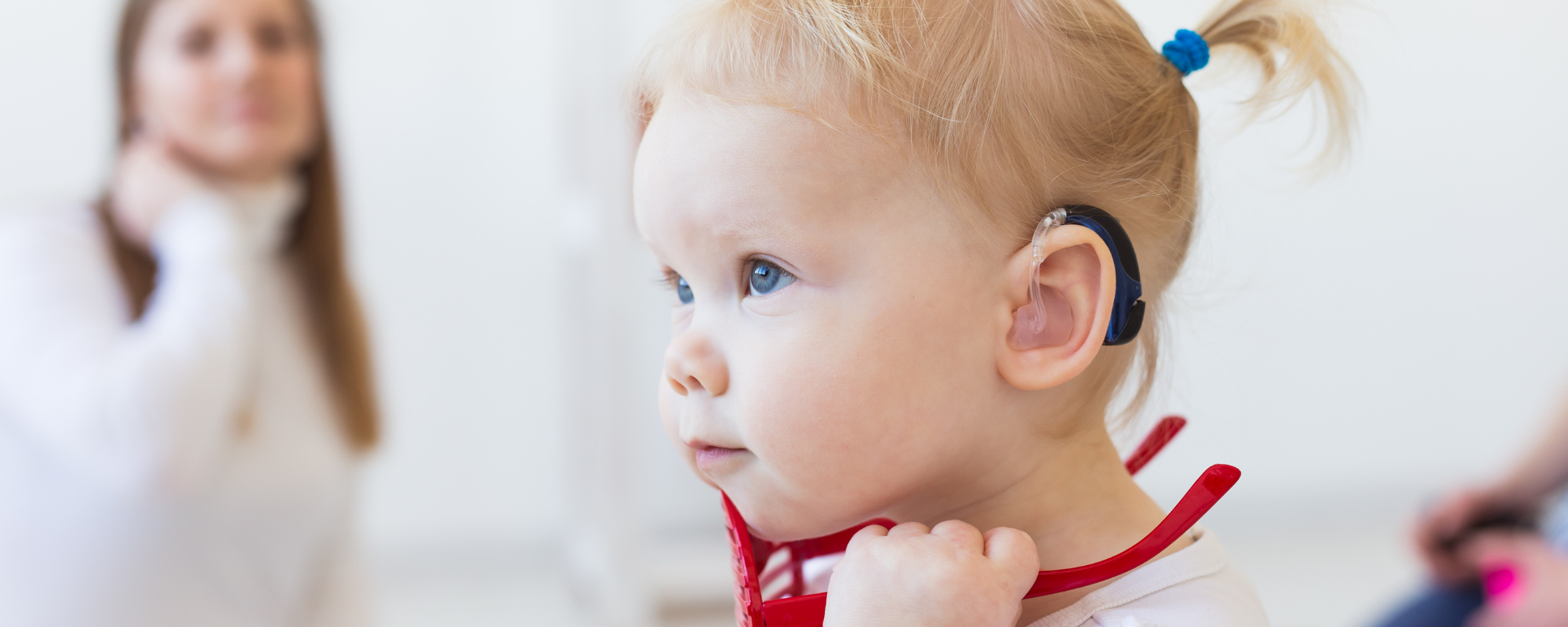Getting Started with Wearable Medical Device Regulations
The rapid growth of wearable medical devices has revolutionized healthcare by enabling continuous monitoring and real-time data collection. From heart rate monitors to glucose sensors, these devices provide invaluable insights that can improve patient outcomes. However, as with any medical product, wearable devices must meet strict regulatory standards before they can be marketed and used. Understanding these regulations is crucial for any company looking to enter this exciting but complex space.

Why Regulations Matter for Wearable Medical Devices
Wearable medical devices are subject to various regulatory frameworks, depending on their intended use, the level of patient interaction, and the risk they pose. The regulations are designed to ensure the safety, efficacy, and quality of the devices, protecting both patients and healthcare providers. Non-compliance can result in costly delays, recalls, or even legal ramifications, making regulatory expertise essential for success in this sector.

Key Regulatory Agencies and Frameworks
1. FDA (United States)
In the United States, the Food and Drug Administration (FDA) governs medical devices, including wearables. Devices are classified into three categories based on their risk level:
Class I (Low Risk): General controls, like blood pressure cuffs or fitness trackers with minimal medical claims, fall under this category.
Class II (Moderate Risk): Includes devices like glucose monitors. These require more stringent regulatory approval, often through the 510(k) premarket notification process.
Class III (High Risk): Devices that sustain or support life, such as wearable defibrillators, require Pre-market Approval (PMA), the most rigorous form of regulatory review.
2. European Medicines Agency (EMA) and CE Marking (Europe)
In Europe, wearable medical devices must comply with the Medical Device Regulation (MDR) and secure a CE marking. The MDR classifies devices similarly to the FDA system, but has distinct criteria and documentation requirements. Wearables must undergo a conformity assessment with a Notified Body, ensuring they meet safety and performance standards.
3. Other Global Regulatory Bodies
China’s National Medical Products Administration (NMPA)
Japan’s Pharmaceuticals and Medical Devices Agency (PMDA)
Australia’s Therapeutic Goods Administration (TGA)
Each region has its own set of regulations, and companies aiming for a global market must familiarize themselves with these varying requirements.

Common Regulatory Challenges in Wearable Medical Devices
1. Software as a Medical Device (SaMD)
Many wearable devices rely heavily on software to monitor, collect, and analyze patient data. This poses a unique regulatory challenge as authorities like the FDA and EMA require rigorous software validation and cybersecurity measures to protect sensitive health data.
2. Data Privacy and Security
Since wearables often connect to cloud-based platforms or smartphones, ensuring data security is vital. Regulatory bodies require compliance with data protection standards like GDPR in Europe or HIPAA in the United States, especially when dealing with personally identifiable information (PII).
3. Clinical Validation
Wearable devices need to prove their clinical utility. This often requires clinical trials to demonstrate that the device meets its intended medical purpose, and these trials must be conducted in compliance with Good Clinical Practice (GCP) standards.

Best Practices for Navigating Regulatory Requirements
Engage with Regulatory Authorities Early: Early consultations with regulatory bodies can provide guidance on classification, testing, and approval pathways, potentially avoiding delays later in the process.
Conduct Thorough Risk Assessments: Understanding the device's risk profile helps determine the appropriate regulatory pathway and safety controls.
Maintain Strong Documentation: Every aspect of the device’s development, from design to clinical validation, must be well-documented for regulatory submission.
Invest in Regulatory Expertise: Staying compliant with ever-evolving regulations can be a challenge, but having the right experts on board can streamline the process and reduce the risk of costly errors.
Final Thoughts
Breaking into the wearable medical device market offers incredible opportunities, but it comes with a range of regulatory challenges. Companies that successfully navigate these hurdles can bring life-saving, innovative technologies to market, but doing so requires a deep understanding of the regulatory landscape.
At Adaptive Life Science, we specialize in finding regulatory experts with the experience needed to guide your product from concept to market approval. Our deep industry knowledge ensures that we can connect you with professionals who understand the complexities of medical device regulations and can help you avoid costly mistakes.
Whether you are looking to hire a Regulatory Expert for full-time support or simply need a consultant to assist with specific projects, we are here to help. Let us connect you with the right talent to ensure your wearable medical device meets all regulatory requirements and gets to market quickly and safely.
Get in touch today to explore how we can support your regulatory needs.